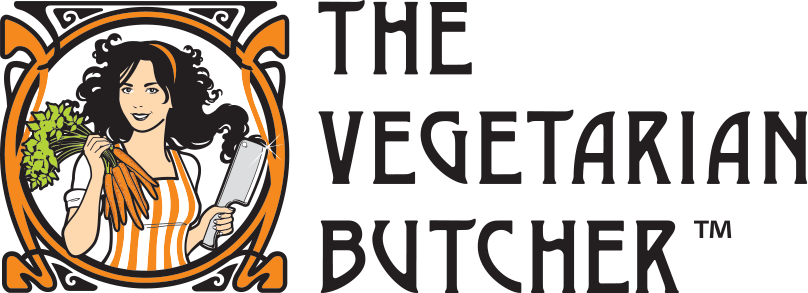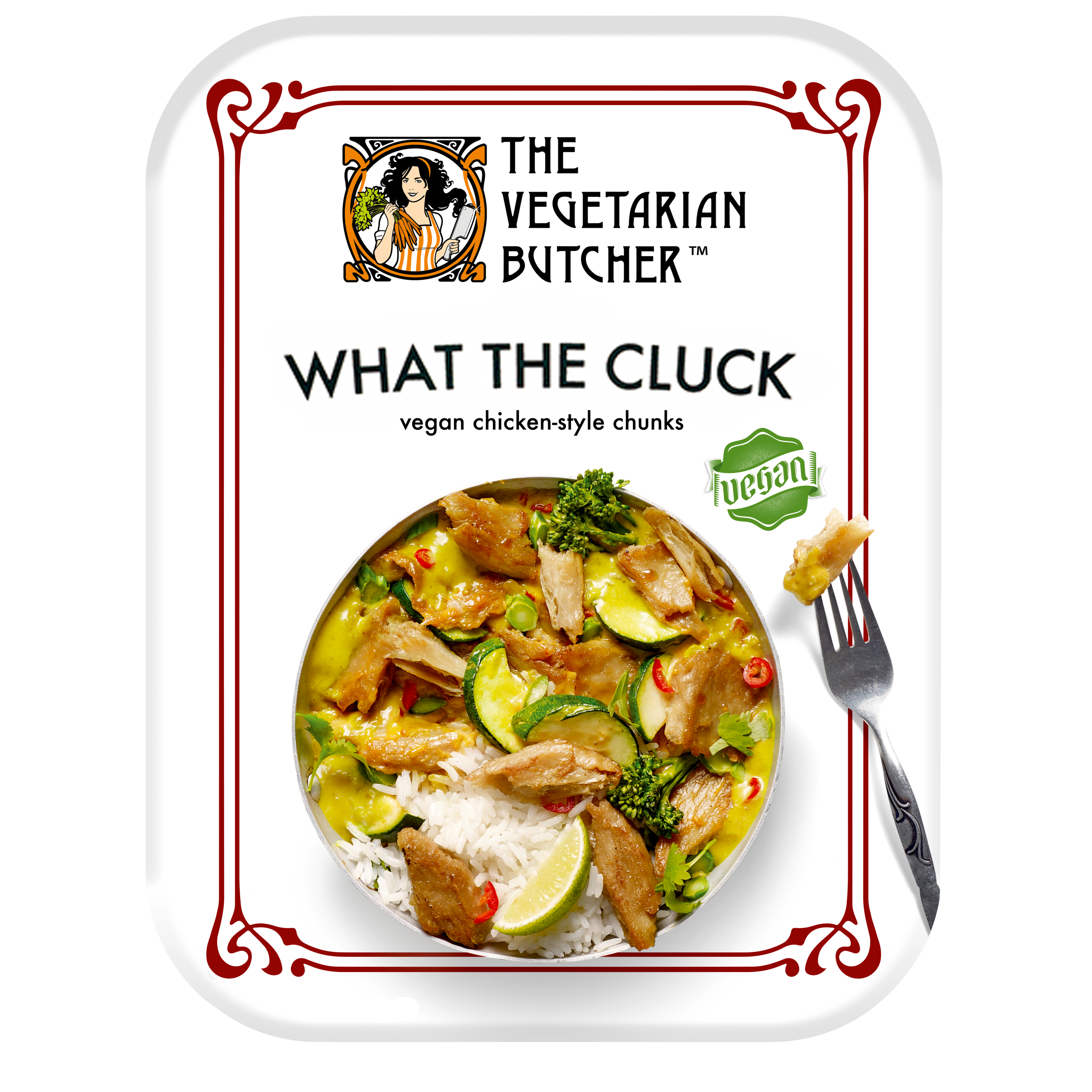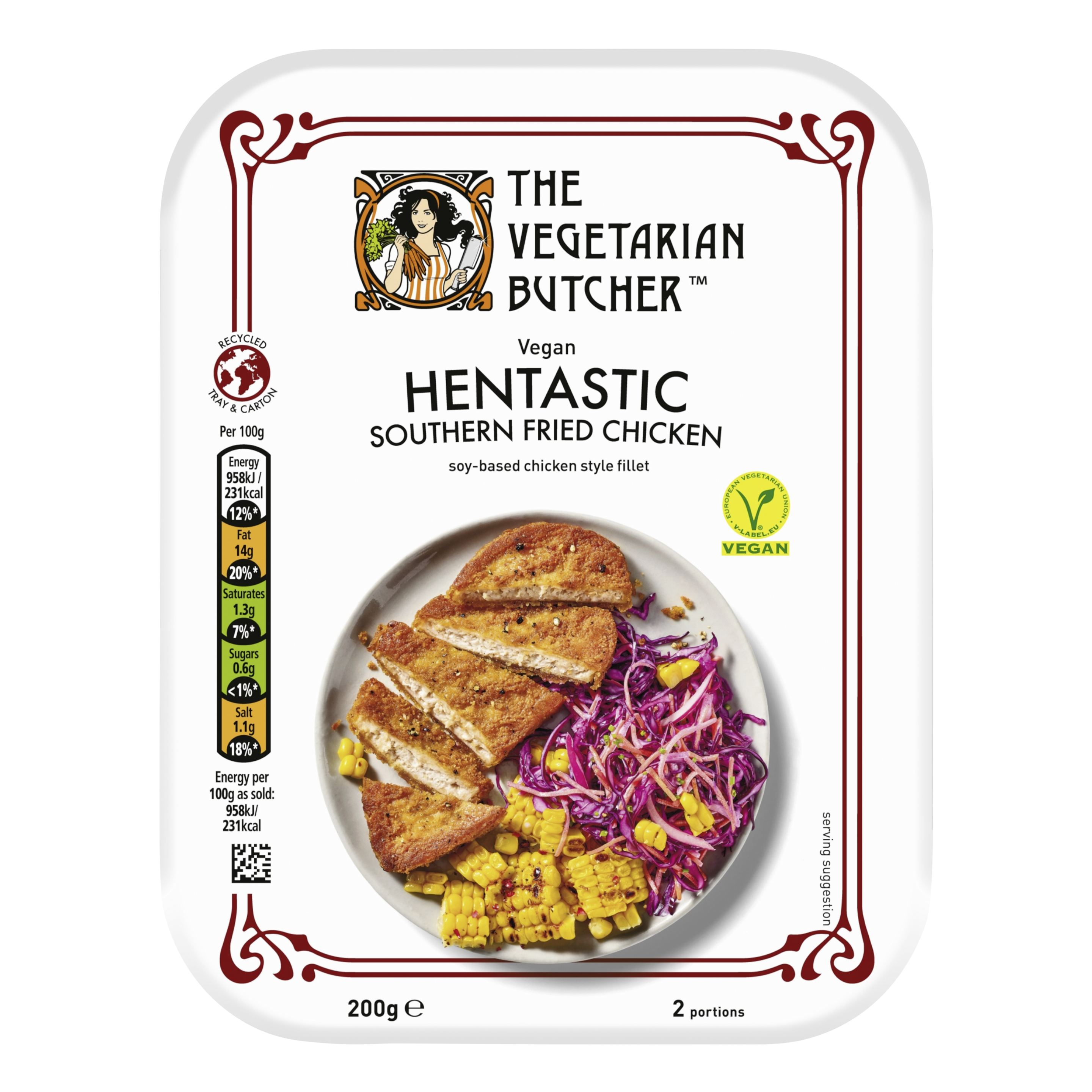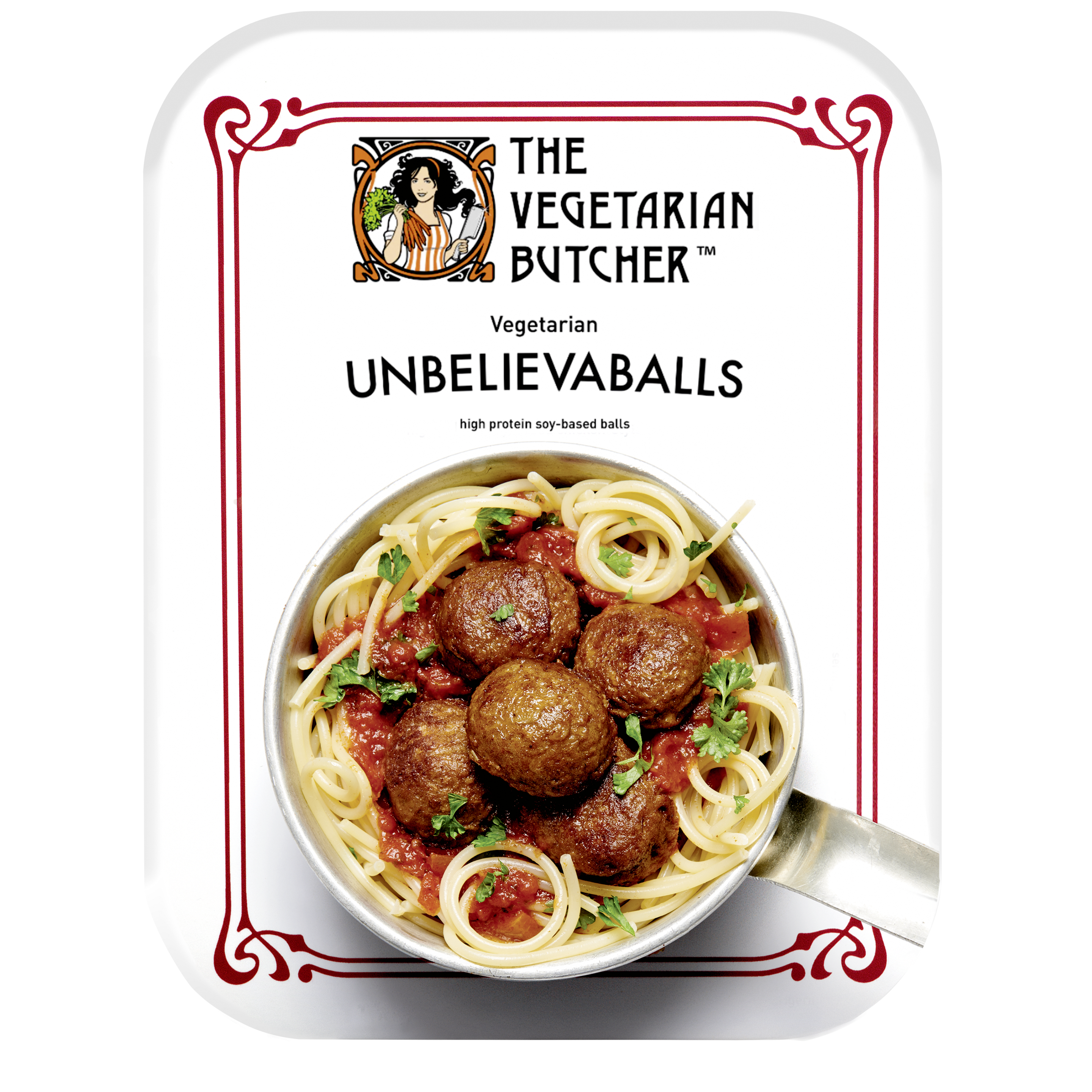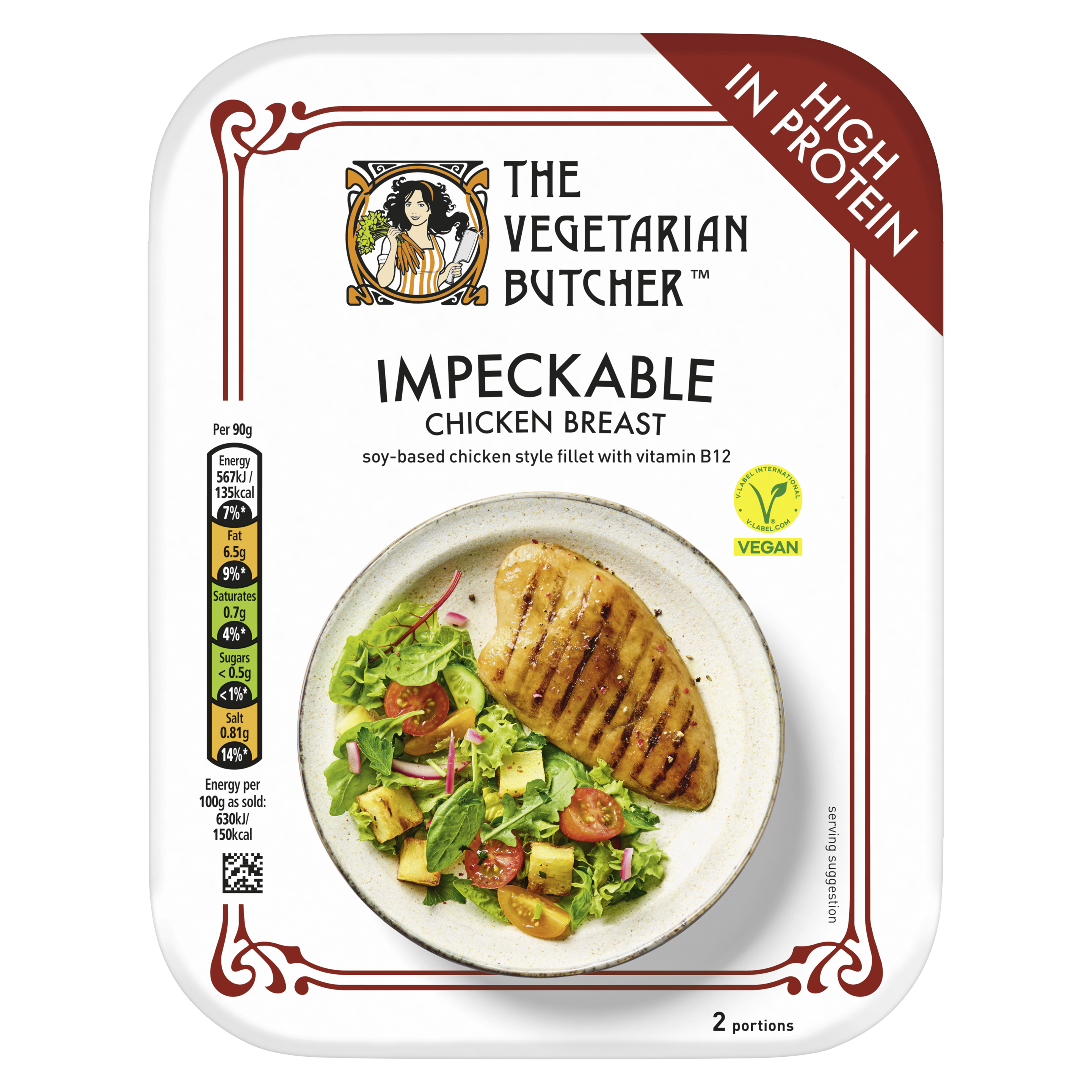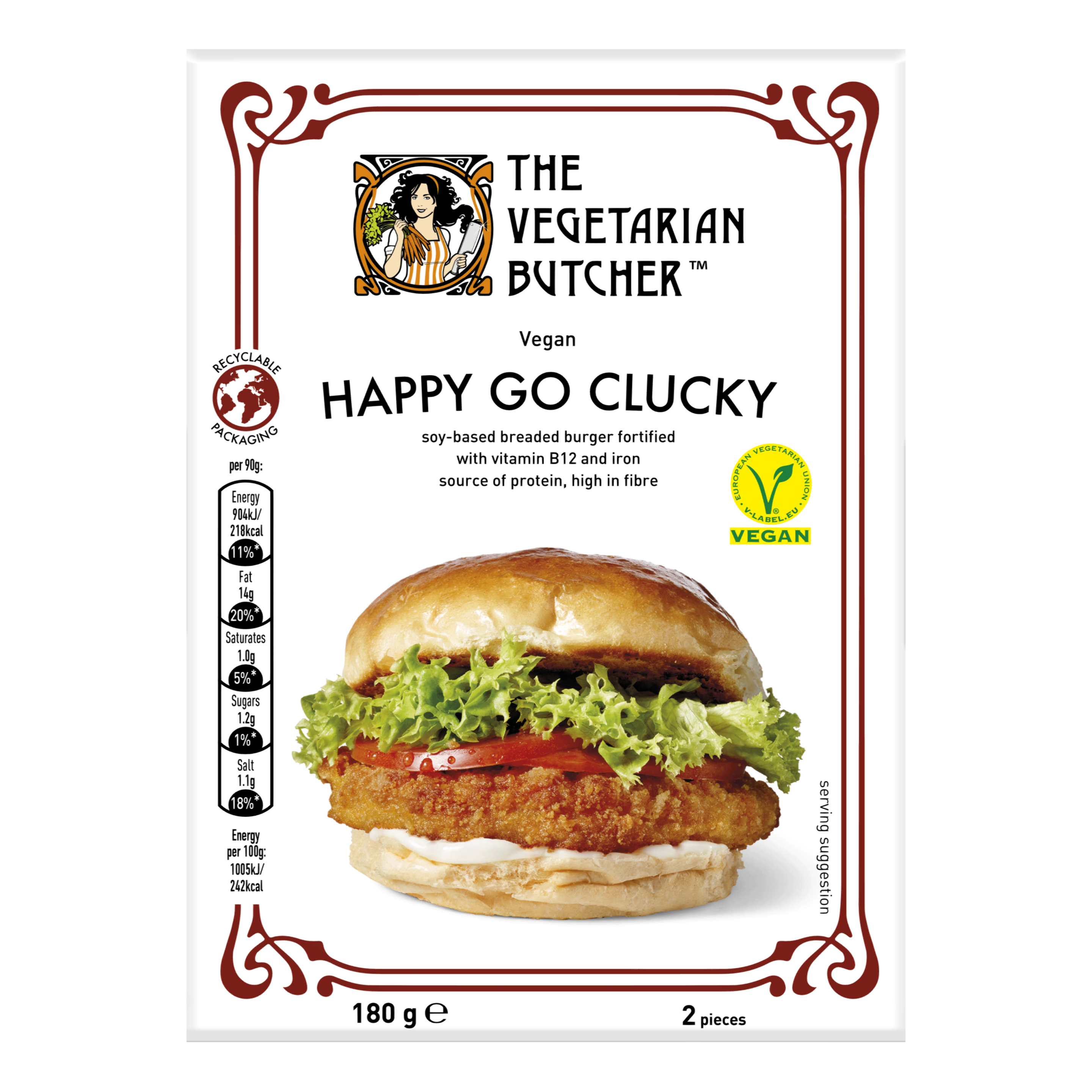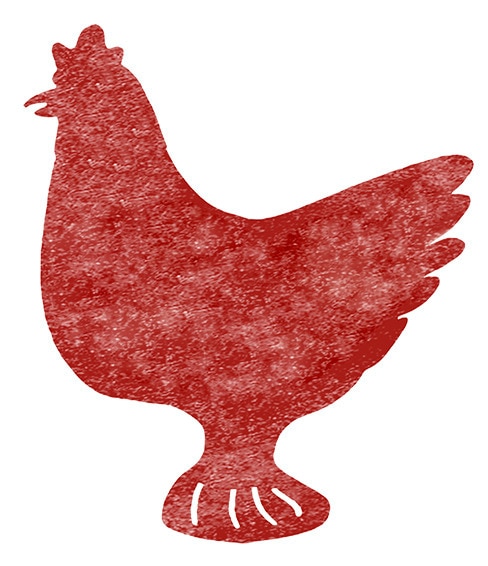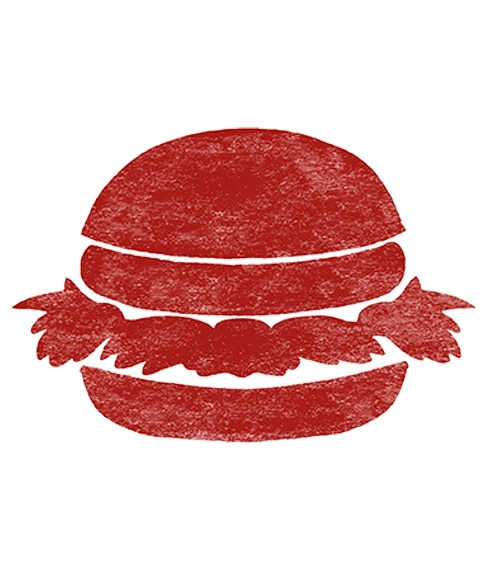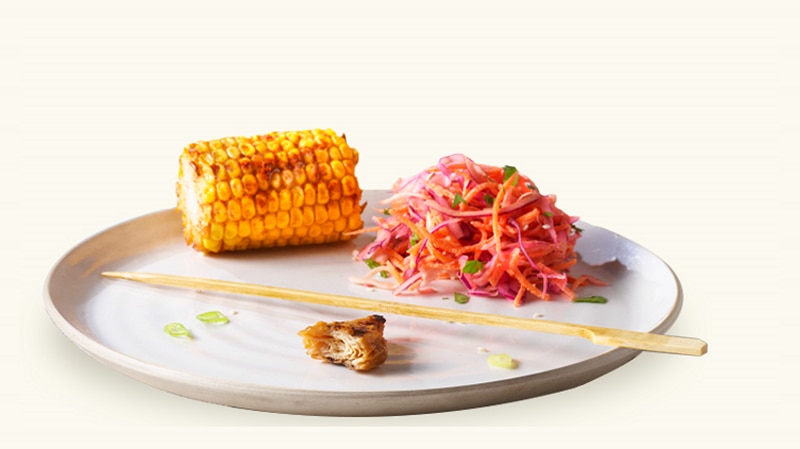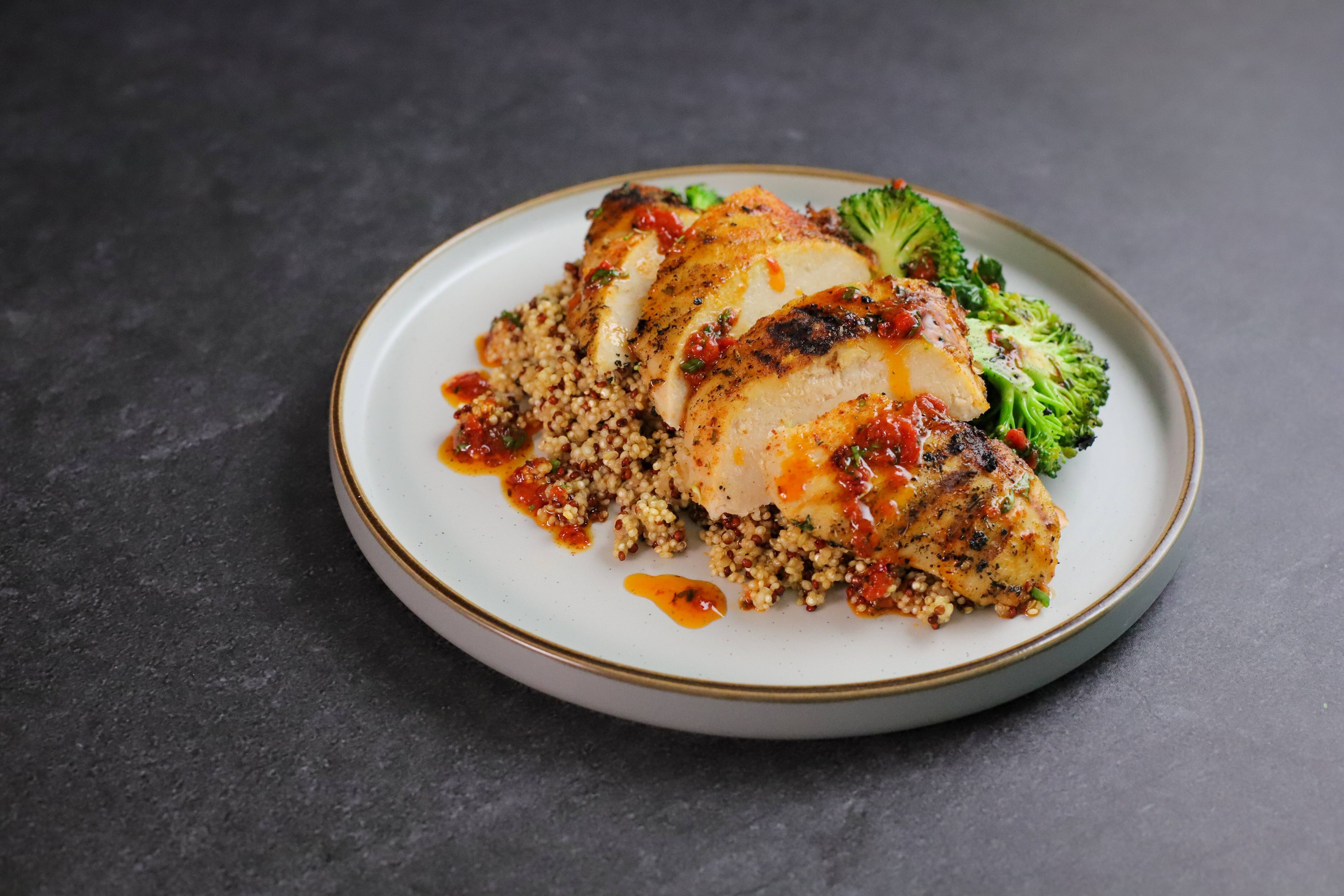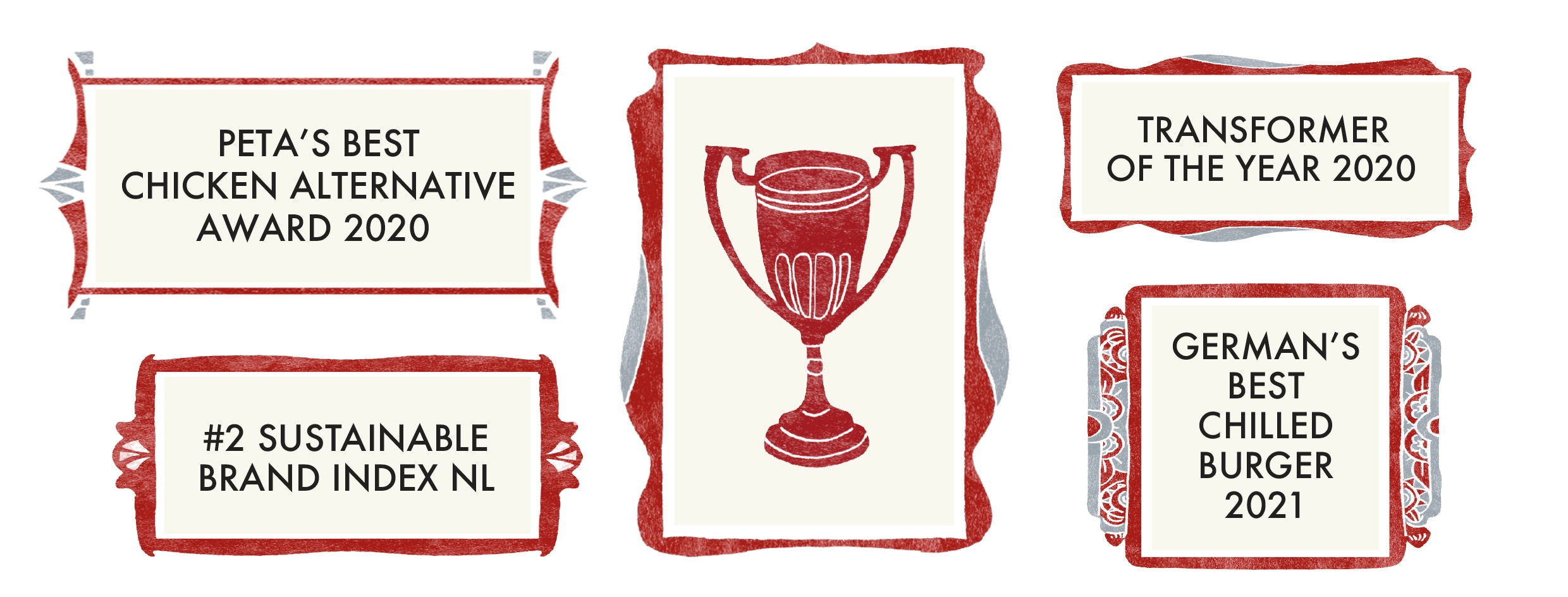Skip to:
On a mission
As an impact-driven business, sustainability is at our core.
The strength of The Vegetarian Butcher lies in unleashing a worldwide food revolution that makes the switch to plant-based food as easy and tasty as possible. That has been our starting point since 2010. Talking about impact: the biggest impact we are driving, is removing animals from the chain. However, our commitment goes way beyond that, from sourcing to packaging. We want to have a positive effect on the industry in many ways and make that tangible.
Our Impact Report captures the essence of what we do and how we do it. It is our ode to all The Vegetarian Butchers and our growing community of rebels, pioneers and lovers of the new meat, who make this revolution happen every day. In five chapters (36 pages), you can read all about it. Welcome to the biggest food revolution of all time!
Meet the new meat
Change only comes about through challenge and our vegetarian meat, with all of its flavour and similarities to the real deal, is bound to challenge the taste buds of any meat-lover. We don’t use the words meat substitute, but rather, meat successors. Get a taste for the future of meat.
- slide 1
- slide 2
- slide 3
- slide 4
- slide 5
OUR IMPACT
Serve meat with benefits
Through a simple process that involves procedures like heating, grinding, cooling and mixing, we turn high quality ingredients into our plant-based meat. But it’s what’s on the outside that counts, too. Our chilled retail products are packed in a 100% post-consumer recycled PET tray. And our very cool frozen boxes in retail? These are made from recyclable carton.
Let animals off the hook
The Vegetarian Butcher says: Sacrifice Nothing. Let’s make global impact, while we release animals from the food chain. Welcome in the biggest food revolution of all time!
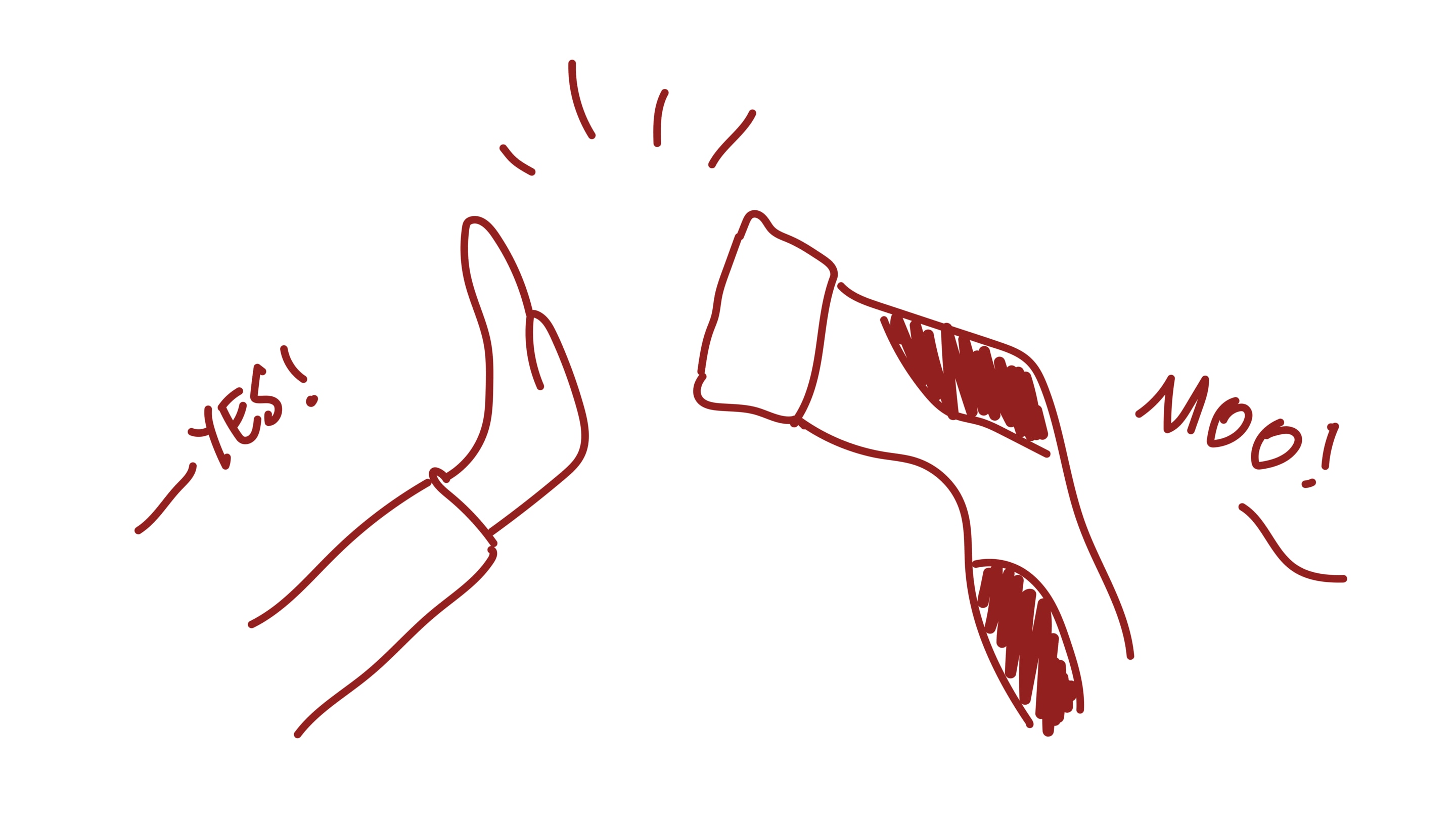
THE OLD FASHIONED WAY
FROM PAST TO FUTURE
Traditionally, animals are fed soy and grains. They grow over time and are eventually slaughtered and used for their meat. To produce beef, for instance, cows need to be constantly fed. To raise cows, large amounts of land, which can be associated with deforestation, are needed for their feed, as well as massive amounts of water: up to 15,000 liters per kilo of animal meat.
Be it for ethical, health or environmental reasons, many people feel like they should eat less meat.
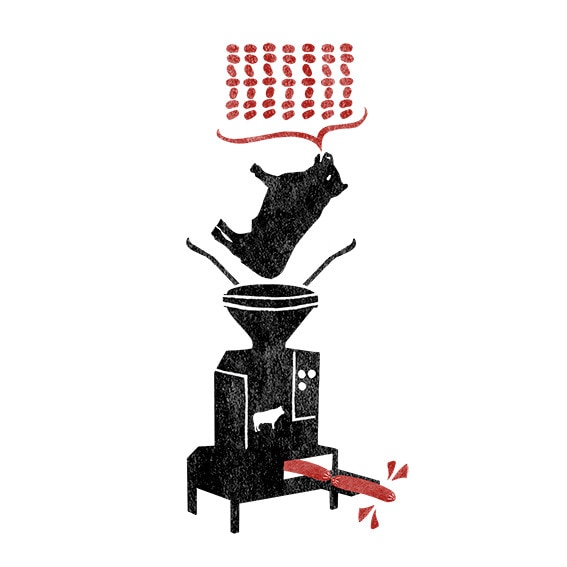
THE VEGETARIAN BUTCHER WAY
THE BEST CUTS
The Vegetarian Butcher realized that we could cut out the middleman - be it a pig, chicken or cow - and produce meat directly from legumes. This significantly reduces the pressure on our ecosystems and will enable us to feed more people with the same amount of natural resources.
Shortening the food chain while capturing our meaty traditions by switching from animals to plant-based meats, creates a win for all: for meat lovers, the environment, animals and the world food supply. From carnivores to vegans who don’t want to miss out, everyone is invited at The Vegetarian Butcher.
Here, plant-based meat is at least as delicious as old-fashioned meat, yet without the downsides.
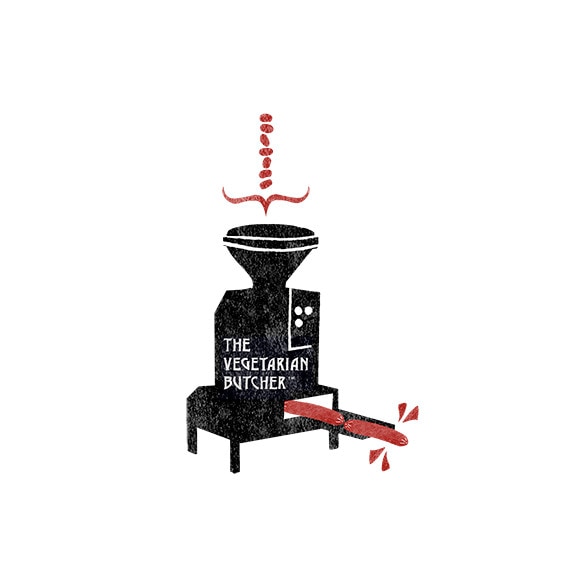
Recipes
Looking for inspiration ?
INTERNATIONAL NEWS
An overview of the highlights of our Food Revolution around the world
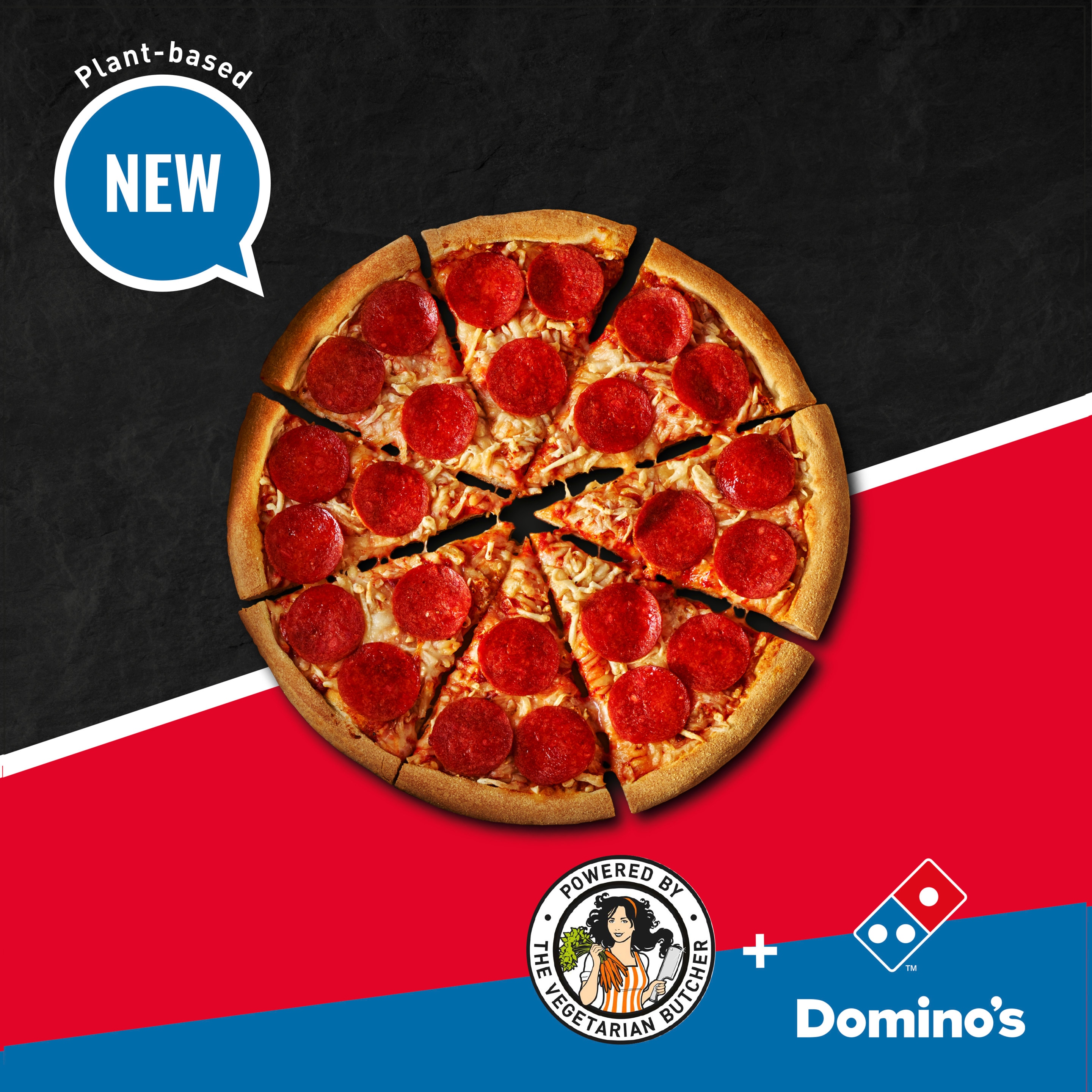
Peppero'nay Pizza
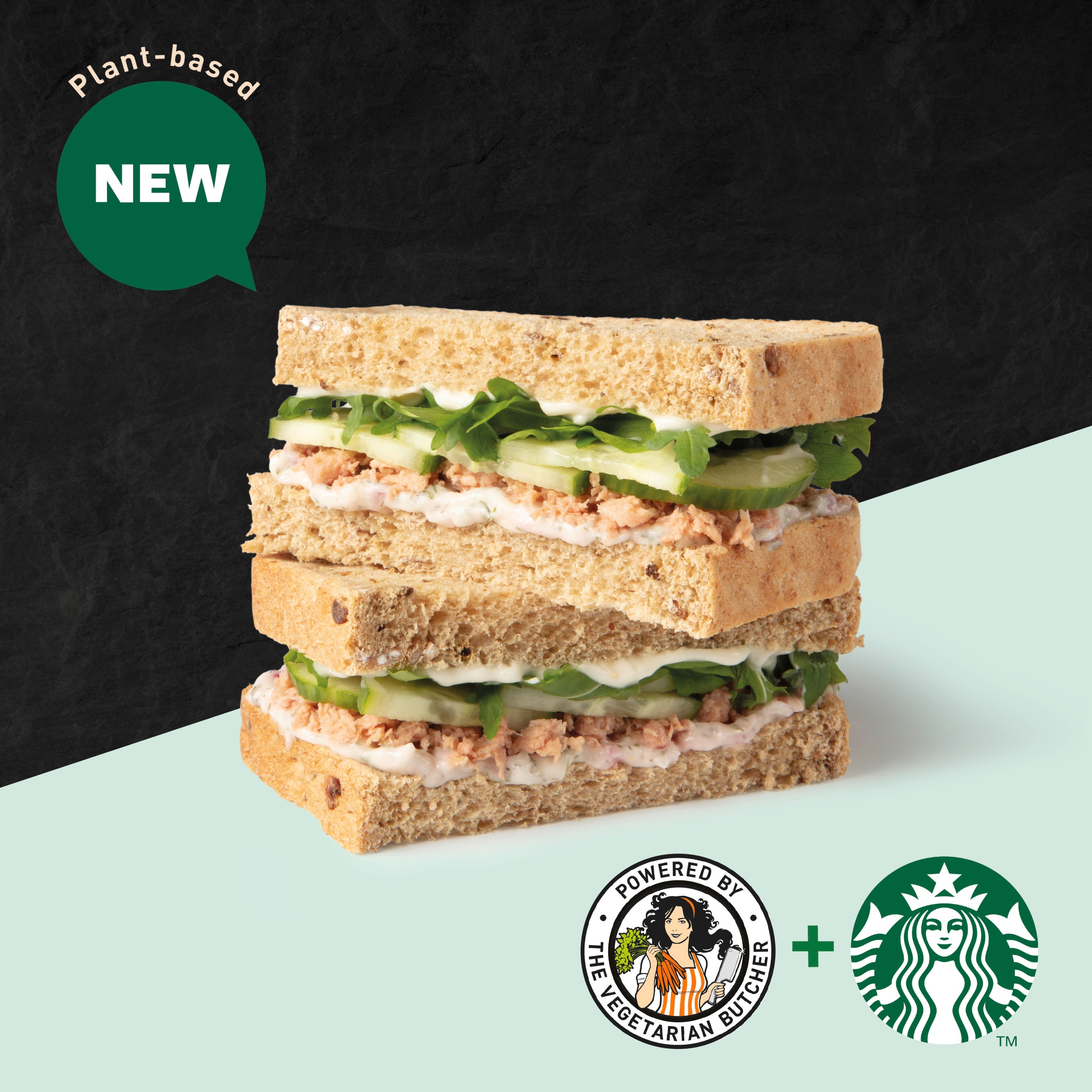
Tu'nah Sandwich
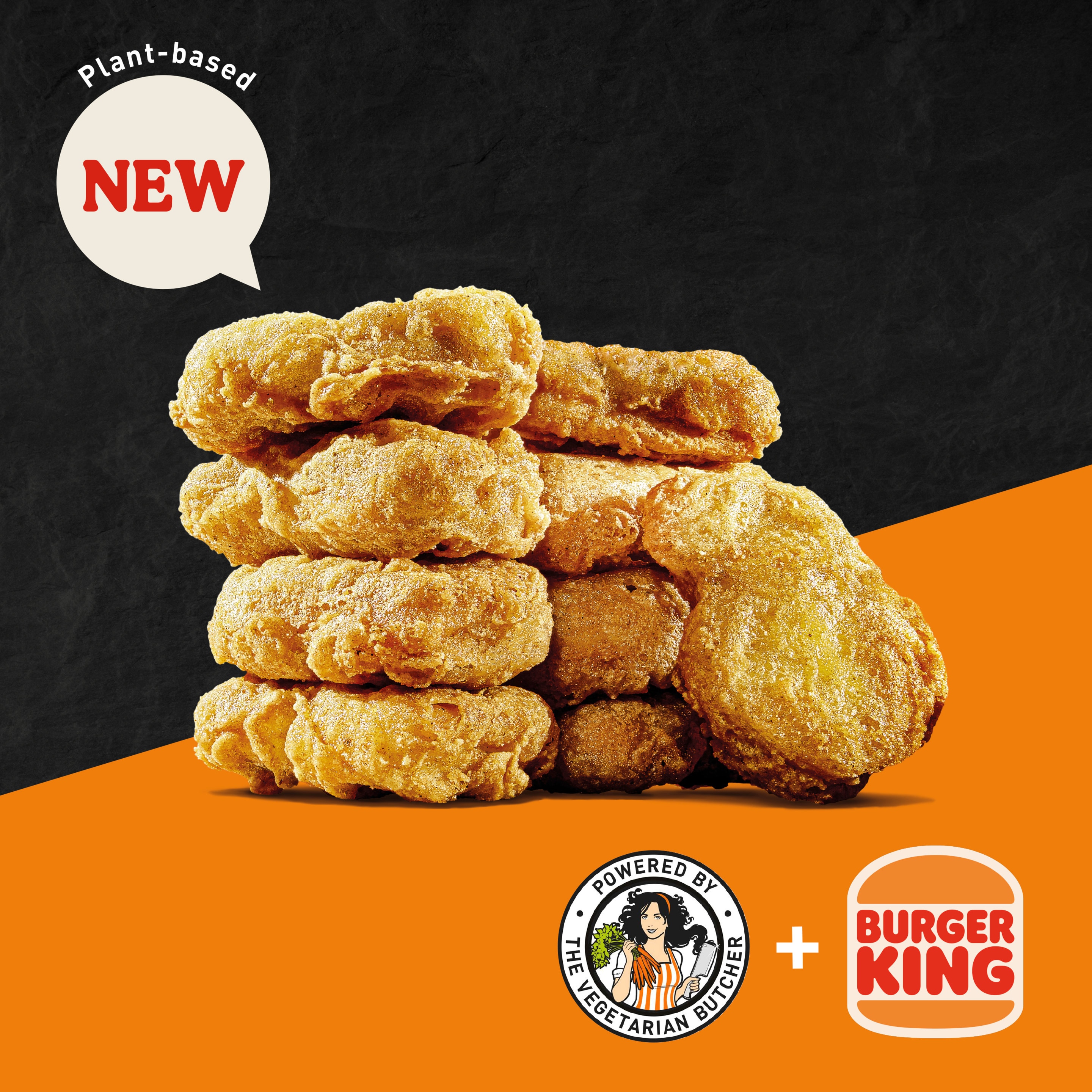
Plant-based Nuggets
The Butcher's Wall of Fame
We believe the proof is in the (black) pudding, so have an exclusive peek into our trophy cabinet. Our brand has been heralded by industry figures, including a jury of butchers, culinary journalists and Michelin-star chefs.
We won’t boast about all of the awards (as there are more than 25!), but here are a few of our favourites through the years.
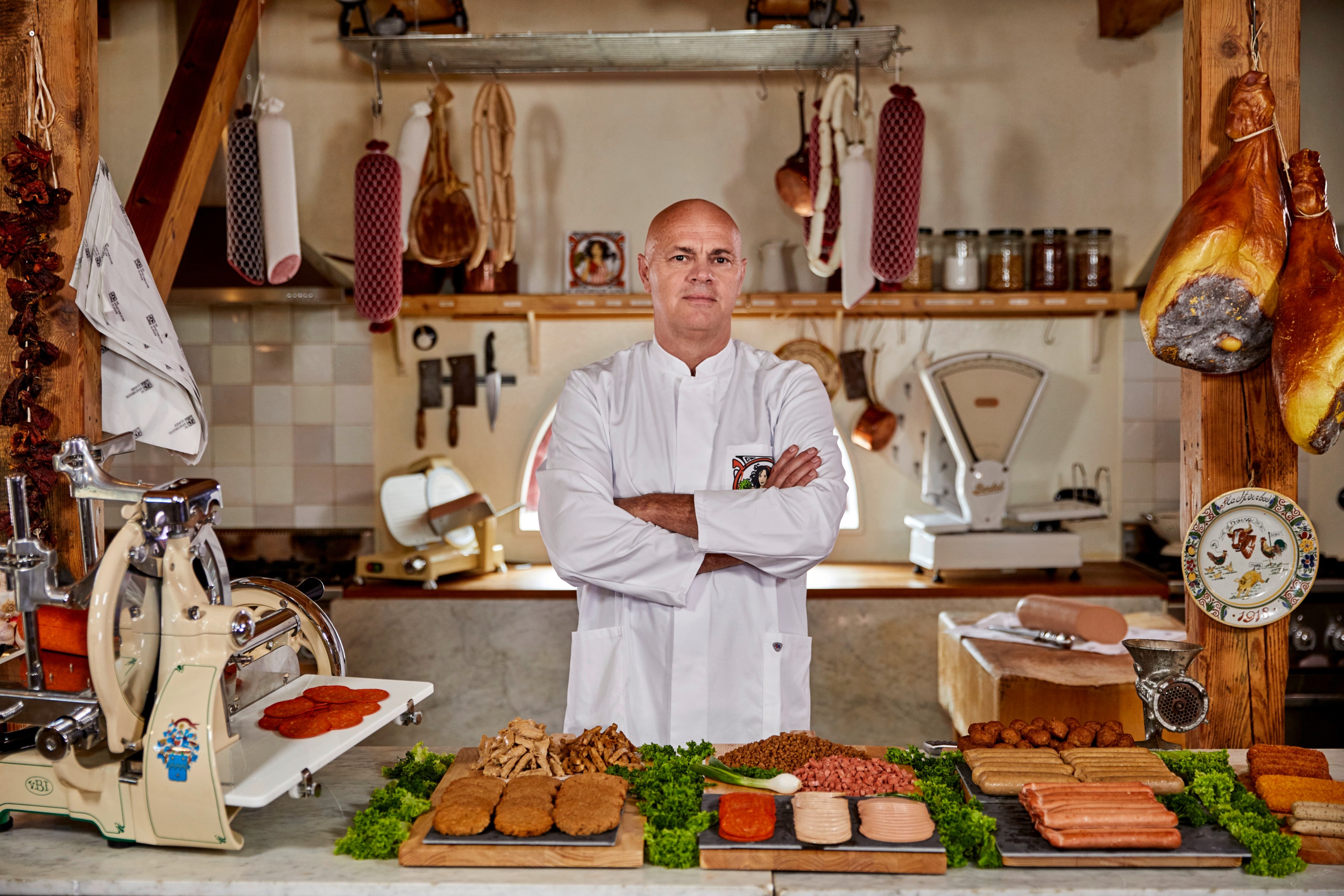
FOODSERVICE
On the map
Calling all professional chefs. Spark your customers’ curiosity with the meat of the future. Our high-quality meat is visionary in its own right, pair that with a budding sense of adventurous cooking and your menu will satisfy vegan and meat eaters alike. It’s a win, win. Service.
